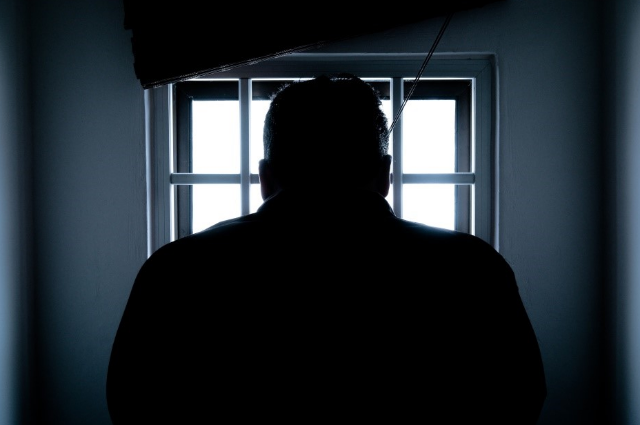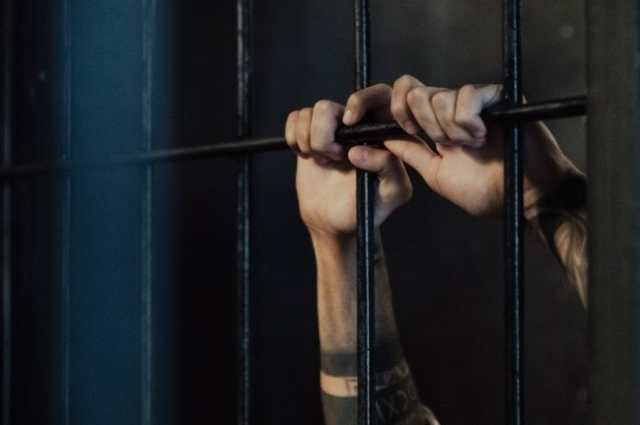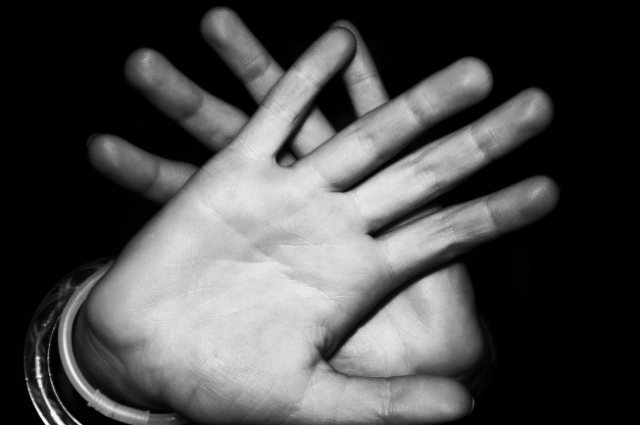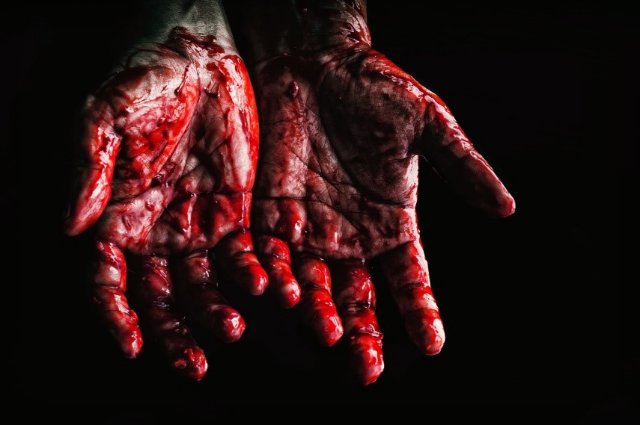Introduction:
India, the world's largest democracy, has been grappling with the issue of custodial deaths for several years. Custodial deaths refer to the death of a person in police custody, jail or any other detention center. It is a serious human rights violation and a tragic reality that has been affecting the lives of many people in the country. Despite the enactment of laws and regulations to prevent such deaths, custodial deaths continue to occur. In this article, we will examine the problem of custodial deaths in India and the legal measures that have been taken to prevent them.

Custodial Deaths in India:
According to a report by the National Crime Records Bureau (NCRB), a total of 1,731 custodial deaths were reported in India between 2010 and 2019. Of these, 1,530 were male and 201 were female. The NCRB report also notes that the highest numbers of custodial deaths were reported in Uttar Pradesh, followed by Maharashtra, Gujarat, and Punjab. The report also notes that Dalits, Adivasis, and Muslims together accounted for 66.38% of the total custodial deaths. The COVID-19 pandemic has also had an impact on custodial deaths in India. With the lockdowns and restrictions on movement, there have been reports of an increase in custodial deaths. The lack of access to medical care, overcrowding in jails, and poor sanitation have made the situation worse.
The Supreme Court of India has recognized custodial deaths as a violation of Article 21 of the Constitution, which guarantees the right to life and personal liberty. The court has held that the police have a duty to protect the lives of people in their custody and that any violation of this duty is a serious offence. The National Human Rights Commission (NHRC) has the power to investigate complaints of custodial deaths and recommend action to the concerned authorities. However, its recommendations are not binding, and there have been instances where its recommendations have not been implemented.

Causes of Custodial Deaths:
Custodial deaths occur due to various reasons, such as police brutality, torture, negligence, or medical conditions. One of the main reasons for custodial deaths is the use of third-degree methods by the police to extract confessions from suspects. In some cases, the victims are subjected to prolonged interrogations, which can cause severe physical and psychological trauma. Moreover, the lack of proper medical facilities and care in police stations and jails can aggravate the medical conditions of the victims, leading to their death.
Legal Framework for Custodial Deaths:
The law in India provides several provisions to prevent custodial deaths and ensure the protection of the rights of the accused. The Constitution of India guarantees the fundamental right to life and liberty to all citizens, including those in custody. Article 21 of the Constitution states that no person shall be deprived of their life or personal liberty except according to the procedure established by law.
Apart from the constitutional provisions, there are specific laws that deal with the issue of custodial deaths. The Protection of Human Rights Act, 1993, provides for the establishment of State Human Rights Commissions and National Human Rights Commission to protect and promote human rights, including the rights of prisoners and detainees. The act also provides for the appointment of custodial officers to ensure the safety and security of persons in custody.
The Code of Criminal Procedure, 1973, provides for the rights of arrested persons, including the right to be informed of the grounds of arrest, the right to legal representation, and the right to be produced before a magistrate within 24 hours of arrest. The Code also prohibits the use of third-degree methods during interrogations and provides for the medical examination of arrested persons.

Supreme Court Guidelines:
There are several cases where the Supreme Court of India has recognized custodial deaths as a violation of Article 21 of the Constitution. Here are some of the important cases:
D.K. Basu v. State of West Bengal (1997): This case is considered a landmark judgement by the Supreme Court of India, as it laid down guidelines to be followed in all cases of arrest and detention. The court held that the police have a duty to ensure the safety and dignity of people in their custody, and any violation of this duty will be treated as a violation of fundamental rights.
Nilabati Behera v. State of Orissa (1993): In this case, the Supreme Court of India awarded compensation to the family of a person who died in police custody. The court held that the State is vicariously liable for the acts of its employees and must compensate the victim's family for any violation of their fundamental rights.
State of Maharashtra v. Ravikant S. Patil (2012): In this case, the Supreme Court of India held that the police have a duty to protect the life and liberty of people in their custody, and any violation of this duty will be treated as a violation of fundamental rights. The court also held that police officers responsible for custodial deaths can be charged under the Indian Penal Code for causing death by negligence or a rash or negligent act.

Preventive Measures:
- Strengthening the legal framework: The existing legal framework, including the Criminal Procedure Code, Indian Evidence Act, and the Protection of Human Rights Act, should be strengthened to ensure that custodial deaths are properly investigated and the responsible parties are held accountable.
- Effective implementation of guidelines: Guidelines and protocols issued by the Supreme Court and the National Human Rights Commission (NHRC) should be effectively implemented by law enforcement agencies to prevent custodial deaths.
- Improved training for law enforcement officers: Law enforcement officers should be provided with regular training on human rights, non-coercive interrogation techniques, and use of force. This will help them to conduct investigations in a professional manner, without resorting to illegal or excessive use of force.
- Use of technology: Use of technology such as CCTV cameras in detention centers, body cameras for law enforcement officials, and GPS tracking of police vehicles can improve transparency and accountability, and prevent incidents of custodial violence.
- Strengthening accountability mechanisms: There should be an independent mechanism to investigate custodial deaths, such as an independent complaints authority or an independent investigating agency. The NHRC should be given more powers to investigate custodial deaths and to prosecute those responsible.
- Raising awareness: There should be a sustained public awareness campaign to educate the public on their rights, as well as the importance of reporting incidents of police brutality or custodial deaths to the authorities.
- Ensuring proper medical examination: Medical examination of the arrested persons should be conducted on arrival and departure from the police custody, and should be conducted by a medical professional, who should provide a detailed report.

Conclusion:
Custodial deaths in India are a major concern for human rights advocates, legal professionals, and the general public. Despite various laws and regulations in place, the problem persists and needs to be addressed with urgency. The lack of proper investigation, accountability, and punishment for those involved in custodial deaths is a significant factor contributing to the continuing trend.
To prevent such tragic incidents, it is imperative to establish a robust and independent oversight mechanism for monitoring custodial facilities. Proper training and sensitization of police personnel are also necessary, emphasizing the need to respect human rights and uphold the rule of law. Additionally, ensuring adequate medical attention, legal aid, and access to justice for detainees can prevent many custodial deaths.
The judiciary should also play an active role in enforcing the existing legal framework and ensuring that the perpetrators are held accountable. Timely and impartial investigation, trial, and punishment can act as a deterrent to prevent future custodial deaths.
In conclusion, it is crucial to acknowledge that custodial deaths not only violate human rights but also shake the public's trust in the justice system. Therefore, it is the responsibility of the state and its agencies to ensure that the rights of every individual are respected and protected, and that no one is subjected to torture, ill-treatment, or arbitrary detention. Only by taking proactive measures and enforcing the law can we prevent custodial deaths and promote a just and equitable society.
. . .
References:
- "Custodial Deaths in India: An Overview" by Ravi Nair, published by the Asian Human Rights Commission in 2019: www.humanrights.asia
- "Custodial Deaths in India: A Five-Year Audit" by Aman Sethi and Smriti Singh, published by The Wire in 2017: https://thewire.in
- "Custodial Deaths in India: The State of Human Rights" by Sushant Singh, published by The Diplomat in 2019: https://thediplomat.com
- "Custodial Deaths in India: An Overview" by Shweta Sharma, published by the Observer Research Foundation in 2020: www.orfonline.org
